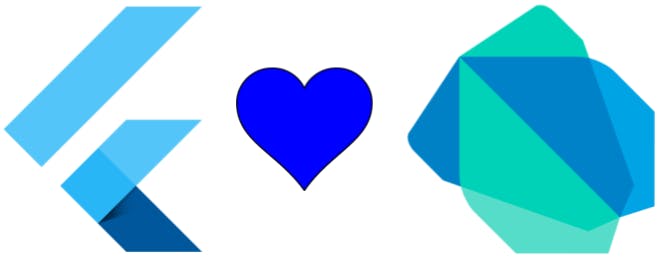Dart: After listening to this word, what comes to your mind first. Hit the bullseye! But here we will be talking about the programming language. Dart first appeared eight years ago on October 10, 2011. Google develops it. The rise of the world wide web has changed the landscape of software development.
Web browsers have been seen as a platform for various software applications. It created the need for the language that could make developers more productive. Then Dart came into the picture and its evolution till now is known to everyone.
What is Dart?
Dart is an open-source, structured programming language for complex,
browser-based web applications. Dart is a fully-featured, modern language. Influenced by many other languages including Java, C# , and JavaScript, it has roots in Smalltalk.

Design Principles
Everything is an Object
As we know, Dart is a pure object-oriented language. That means all values manipulated at run-time by the Dart program are objects — Even the primary data such as number and booleans. There are no exceptions.
Perhaps surprisingly, adopting a consistent object model also eases the task of the system implementor.
Program to an Interface, not an Implementation
The standard hypothesis of Object-Oriented Programming is how an object behaves rather than how it shows results. Unfortunately, this hypothesis is often ignored or misunderstood.
Dart works hard to preserve this principle in several ways, though it does so imperfectly.
● Dart data types are based on interfaces, not classes. As a rule, any class in the program can be used as an interface to be implemented by the other classes.
● As we know, there is a final method in other programming languages, but it is absent in Dart. Dart allows overriding of almost all methods.
● Dart’s constructors allow for caching or for producing instances of subtypes, so using a constructor doesn’t tie one to a specific implementation.
Types in the Service of the Programmer
In the programming world, static type checking is the topic of intense debate and more fruitless controversy.
Types have their advantages and disadvantages. But Dart provides us with a productive balance between them. Dart is an optionally typed language.
● Types are syntactically optional.
● Types do not affect run-time semantics.
The benefit of this is that the programmers who don’t want to deal with type systems and all they can do are to treat Dart as an ordinary dynamic typed language. The balance allows the types to serve the programmer without being an obstacle in the way.
Dart may be a practical solution to a concrete problem, but with some compromising design requirements, Dart has to run effectively on top of the web browsers.
Using Dart in Flutter

With the help of Flutter, you can “Hit two birds with one stone”. Code, the app in Flutter and get IOS and Android mobile apps.
List of some features of Dart that makes it indispensable for Flutter:
● Dart is AOT(Ahead of time). Dart compiles fast & native code that allows it to write most of the Flutter in Dart.
● Dart is one of the very few languages that can compile in AOT and JIT(Just In Time).
● The app is fast, it’s a great thing, but the smooth app is even better. Superfast animation looks terrible too. However, preventing jank is difficult because there are many. Dart has many features to overcome this problem.
It allows creating animation and transition at 60fps. It creates buttery smooth
UI.
● There is no need for separate declarative layout languages like JMS and XML.
It has all the layout in one language in one place.
● Developers find Dart easy to learn because it has features that are familiar to developers in both static and dynamic languages.
Not all of these features are unique to the Dart, but the combination of them hits a sweet spot that makes the Dart uniquely powerful for pulsing.
I guess it is enough from the first article perspective. We are keeping this as a series of blogs. So, you will go through all of the concepts of the Dart.
If you see any area of improvement in our writing, feel free to drop a comment below.
Read More: [The New Buzzword — Flutter!](devision.tech/the-new-buzzword-flutter)
Originally published at https://devision.tech on February 11, 2020.
